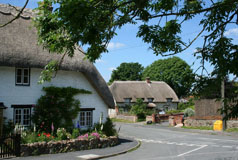
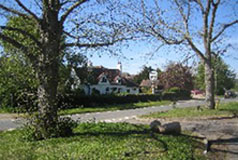
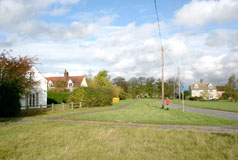
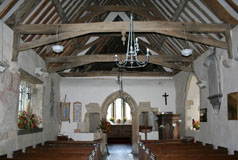
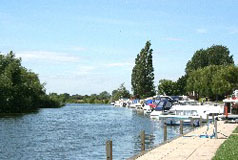
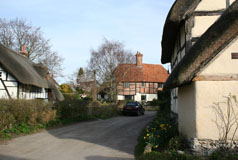
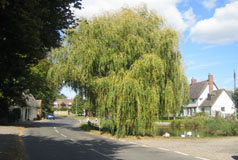
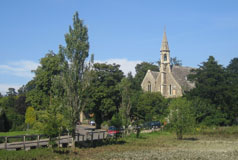
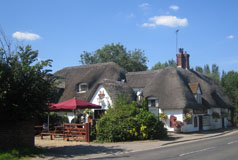
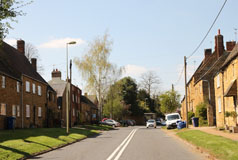
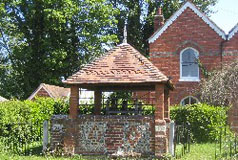
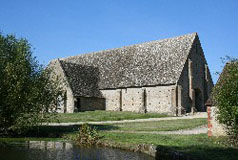
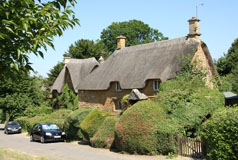
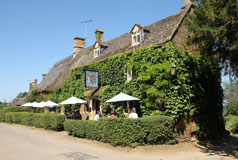
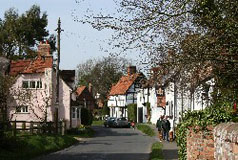
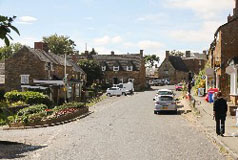
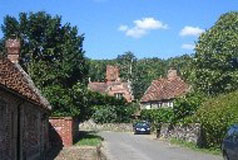
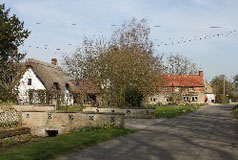
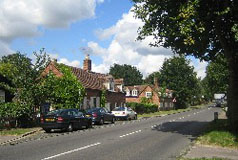
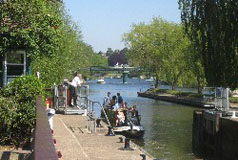
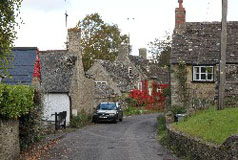
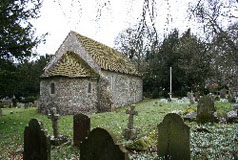
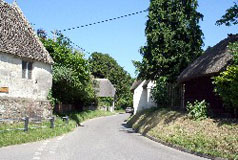
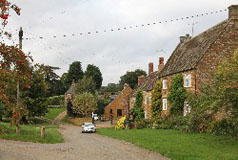
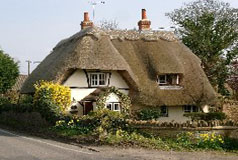

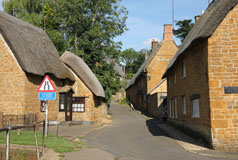
|
BOURTON
The impressive looking village Hall was originally a Baptist chapel and is a fine example of Victorian Chapel Architecture with an attractive hammered type ceiling, built in 1851. At the southern edge of the village is the 19th century village church, St James's, built by public subscription of local stone quarried several hundred yards up the road from the church. For a brief history and information about St. James's Church click here. The remains of the Wilts and Berks Canal passes just north of Bourton at the end of Steppingstone Lane and used to bring a lot of trade and goods to the village as well as being a means to export them. The canal was eventually superceded by the railway but, like many other villages along the routes of the canal and the railway, trade declined again when nearby Shrivenham station was closed. Bourton is about five miles east of Swindon, just off the A420 Swindon to Oxford Road about a mile south of Shrivenham. |
|









